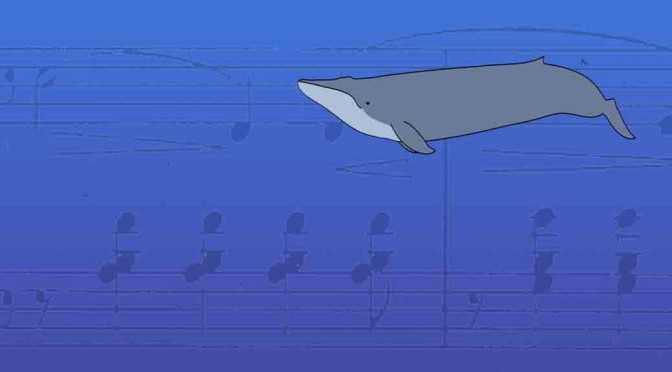By Anupum Pant
Up in the Washington state a videographer and also a diver, Laura James noticed a couple of dead Starfish on the coast one day. The dead bodies looked like something mysterious had happened. There were broken bodies and splats all over the place as if the fish had been zapped by a laser.
Laura videographed some of the tens of thousands of starfish bodies all over the north america’s pacific coast. No one was sure what was actually happening. And then there were reports of these mysterious starfish deaths from all over the west coast of North America.
For some time, only the sunflower starfish were thought to be affected by this. However, on further investigation, it was found that almost 12 different species of starfish were dying mysteriously all over the west coast (and some on the east coast too). When this was confirmed to be an epidemic of some sort, they started calling it the sea star wasting syndrome and notified the scientists.
Ben minor, a western Washington university professor of biology started collecting sea stars at the coast. They found a number of normal sea stars. Later when the search continued a pile of sea star arms and twisted parts of them were found at different places. Some of the live starfish were collected and were studied in the laboratory.
It was confirmed that the starfish which were affected by this epidemic experienced twisting arms and lesions first and then the arms crawled away in different directions, tearing the body of a starfish apart. All of it in under 24 hours. This bizarre disease then left a spill of inside parts of the fish and broken body parts all over the place.
No one knows for sure what causes this bizarre disease among the sea stars.

